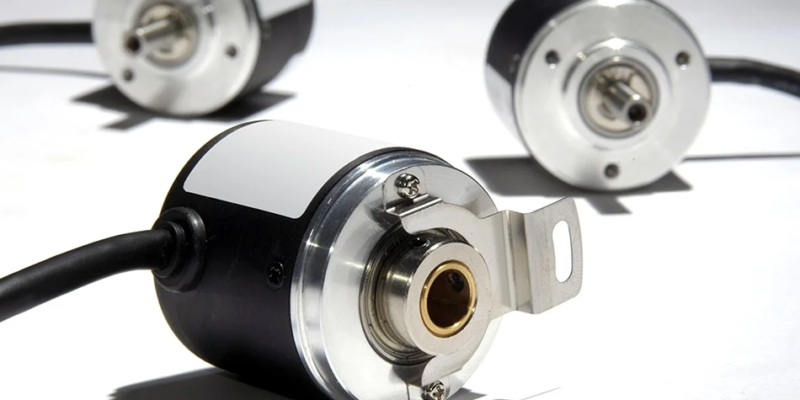Encoders are a crucial part of the mechanical system, especially the ones that revolve around motion monitoring and control. There are many types of encoders, and each has a particular role to play in every application. Before we dig deeper into the different types of encoders, we will first discuss what an encoder is and what it does.
What are encoders?
Encoders are the ones that record movement metrics. They work at the core of operations, especially the ones that concern distance, speed, and direction. Aside from recording metrics, they also communicate so that the person responsible for the control system can easily monitor the movement and make the necessary adjustments.
There are various types of encoders, but the most common include the following:
This type of encoder provides position information for the rotating shaft in both single and multiple rotations. It gives a distinct digital code and keeps data in turns-counting for easy retrieval.
· Linear encoders
As the name suggests this type of encoder measures straight-line motion. It comes with sensors linked to a scale located inside the encoder. It will then send signals to the controlling system.
· Rotary Encoders
It is the ones responsible for measuring rotational movement. It is the type of encoder ideal to use in situations when there’s a big concern about speed and accuracy. It comes with functional safety capabilities. When pairing a motor with a rotary encoder, there are factors that need to be considered. These are bandwidth, positioning, speed stability, accuracy, power loss, and audible noise.
· Angle encoder
It functions quite similarly to rotary encoders in the sense that it measures rotation. However, the angle encoder is primarily used in applications that need precise measurement.
When choosing an encoder for your machines, it is imperative to keep in mind the functions and the demand of work. That way, you will be able to come up with the best choice.













Comments